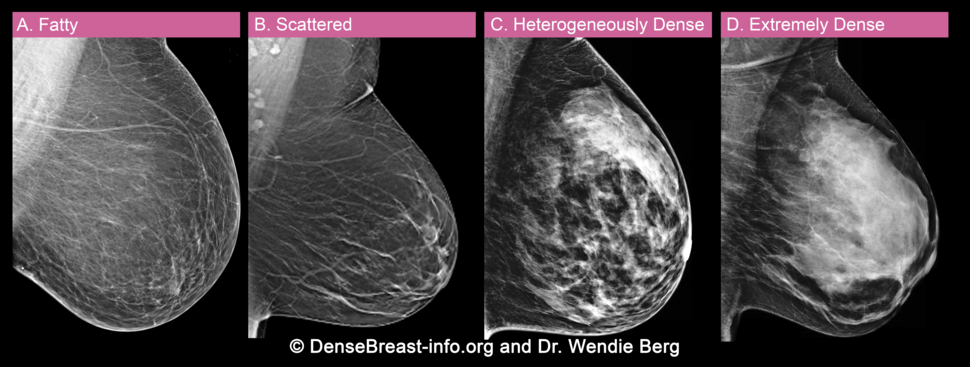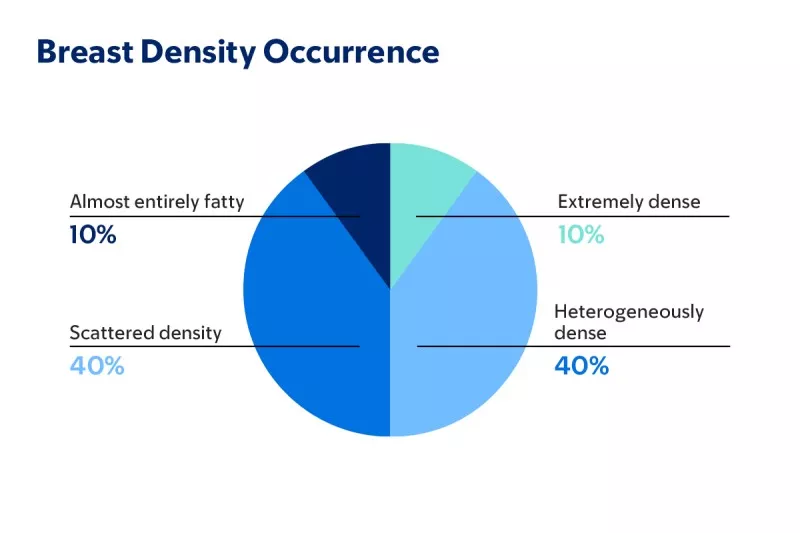October is Breast Cancer Awareness Month, a time dedicated to educating the public, celebrating survivors, and advocating for early detection. Unfortunately, breast cancer is a journey many have faced, and sharing stories of personal experiences reminds us all why awareness and scientific research are so necessary.
Jane’s Journey: The Power of Early Detection
Jane’s story begins like many others: a routine self-examination led her to find an unexpected lump. Like so many, she hesitated to seek medical advice, fearing the worst but hoping for the best. Eventually, she scheduled a check-up, where diagnostic tests revealed stage 2 breast cancer. The news hit hard, but Jane’s proactive approach meant her cancer was caught early. After surgery and treatment, she is now cancer-free and an advocate for self-exam, mammogram, and magnetic resonance imaging (MRI). Her story exemplifies why Breast Cancer Awareness Month is so important—early detection saves lives.
The Science of Breast Cancer: Understanding Tissue Stiffness
While Jane’s lump was detectable by touch, many breast cancers are not. This is where scientific advancements come into play for an accurate diagnosis, such as understanding the role of tissue stiffness in breast cancer.
Breast tissue stiffness is emerging as an important label-free biomarker. Cancerous tissues often feel stiffer than the surrounding healthy tissues. This stiffness results from tumors’ mechanical properties, which are denser and more rigid due to changes in the tissue’s collagen structure.

In general, you’re considered to have dense breasts if your mammogram report says you have heterogeneously dense or extremely dense breasts. About 50% of people having screening mammograms have either heterogeneously dense or extremely dense breasts (Read more at the Mayo Clinic).

A recent study from Johns Hopkins University focused on identifying these stiffness markers using deep neural learning and mechanical testing on patient tissue1. Researchers demonstrated that a key indicator of tissue stiffness in breast cancer is the presence of straightened collagen fibers that correlate strongly with the tumor’s rigidity. This knowledge allows clinicians to detect malignancies earlier.
The Role of Elastography in Diagnosis
Elastography, a diagnostic technique that measures tissue stiffness using sound waves, is becoming increasingly valuable in breast cancer detection. It distinguishes between soft, benign tissue and stiff, potentially malignant masses. This method is particularly beneficial for women with dense breast tissue, where traditional mammography may not detect tumors effectively.
The Johns Hopkins study emphasized that while dense breast tissue has long been associated with higher cancer risks, it does not always correlate with tissue stiffness. This distinction is relevant because it shows that not all dense tissues are stiff, and therefore, elastography provides additional insight beyond what mammograms alone can offer1. By focusing on stiffness markers, particularly straight collagen, clinicians can improve early detection and provide more targeted treatment plans.
Take Action This Breast Cancer Awareness Month
Jane’s story and scientific advancements show us that early detection through self-exam, mammogram, MRI, and now elastography can be lifesaving. Breast Cancer Awareness Month is a powerful reminder that awareness, education, and research are our strongest tools in the fight against breast cancer.
This October, take a moment to learn about the latest diagnostic tools, encourage your loved ones to get screened, and remember that the journey toward finding a cure is ongoing.
Reference
- Sneider A, et al. Deep learning identification of stiffness markers in breast cancer. Biomaterials. 2022 Jun;285:121540. doi: 10.1016/j.biomaterials.2022.121540.
Disclaimer for blog use: This blog simplifies complex and scientific information for general understanding. The content is meant for educational purposes, highlighting advances in mechanobiology and disease investigation. Readers are encouraged to consult scientific articles for detailed insights and to recognize the broader context of this research within the scientific community
Interested in learning more ?



